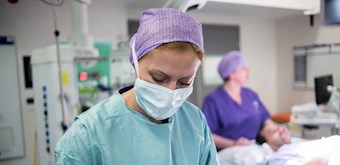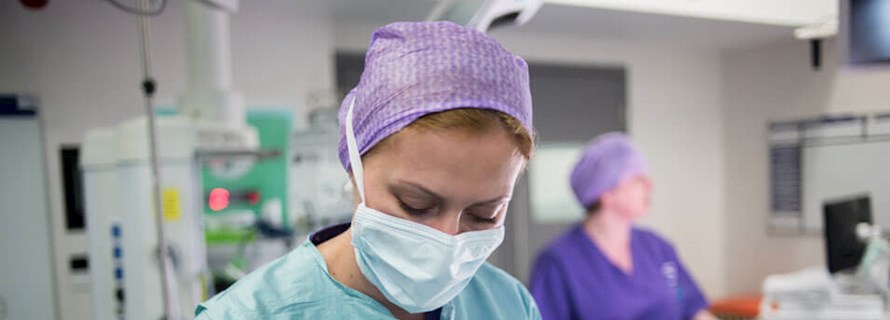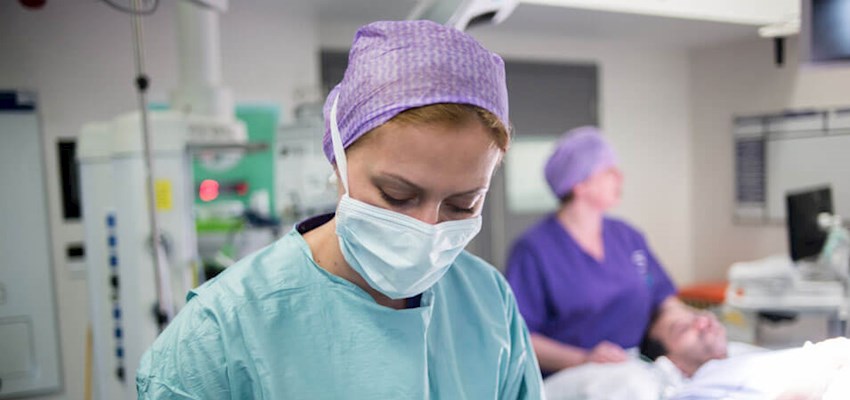Growth plate injuries
Growth plate fractures
Our leading orthopaedic surgeons can diagnose, treat and monitor your child's growth plate injuries
About growth plate injuries
Growth plates define the shape and length of the bone, so it's important that fractures are fixed immediately. If left untreated, it could result in a crooked or unequal limb.
Need to know
-
What are the symptoms of growth plate injuries? icon plus
Most growth plate fractures happen in the fingers, forearms and legs and are usually caused by a fall or trauma. Higher risk activities such as gymnastics or sledding are also causes. Boys are more affected than girls as their bones mature later.
Symptoms of growth plate fractures are:- A visibly crooked or deformed limb
- Your child will be unable to put pressure on the limb
- The joint area, near the end of the bone, will be swollen, sore and hot
There are five different kinds of fracture, including compression injuries.
-
How are growth plate injuries diagnosed? icon plus
A child should be seen as soon as possible after their injury. Their bones heal very quickly and any delay could result in deformity. Your consultant will examine your child, discuss their symptoms and help to make a diagnosis.
They are likely to order an X-ray to confirm a growth plate fracture and to classify the type of fracture it is. This will help them choose the best course of treatment for your child. Other imaging tests such has MRI and CT scans will help them see damage to soft tissues and any other injuries in the area. -
Potential treatment options icon plus
Your consultant will discuss your treatment options and help determine the best approach for you. If the fracture is clean, they may suggest a simple cast. This keeps the limb steady to give it a chance to heal on its own. If the bone has splintered, surgery may be the best option.
Here, bone fragments are put back in their original place (reduction) and fixed internally with metal implants. A metal brace may also be attached to the outside of the bone to keep it stable. This will be removed when healed. Your child will have regular check-ups with the consultant over the following year. This is to ensure the bone is growing without deformity.
Our orthopaedic consultants




Our locations
From complex orthopaedic surgery to diagnostic tests and procedures, we provide exceptional orthopedic care for children across our network of hospitals, outpatient centres and specialist clinics.
Book an appointment
Our team can help with any enquiries or you can make an appointment with one of our experienced consultants.
Call us today
020 7079 4344